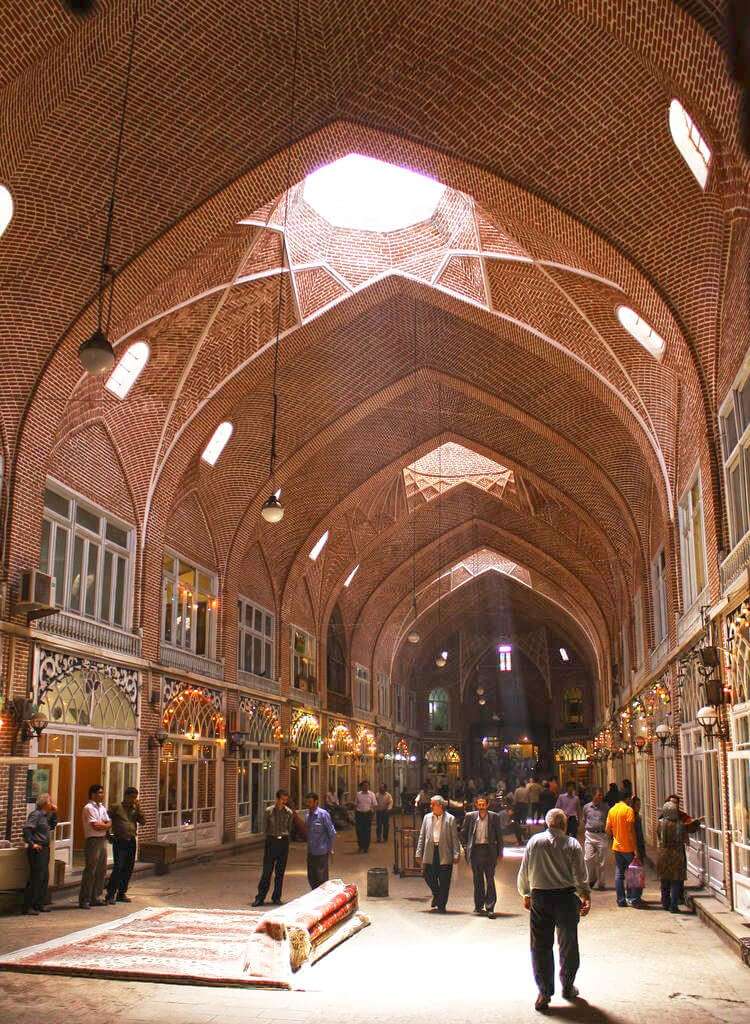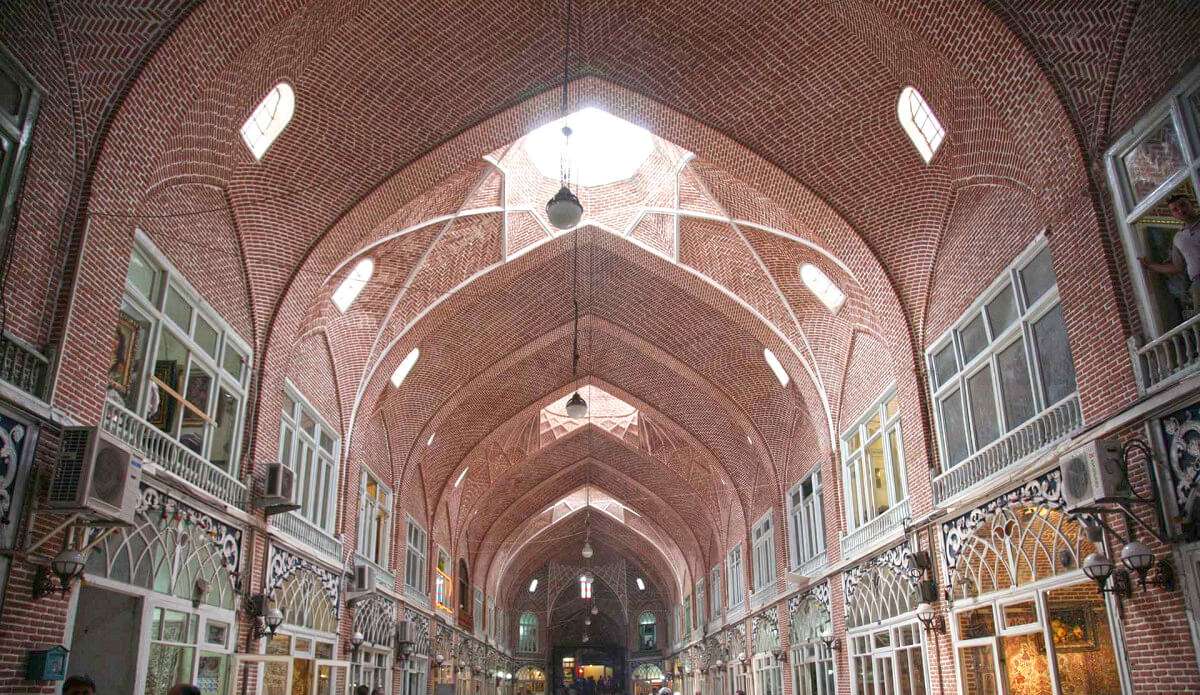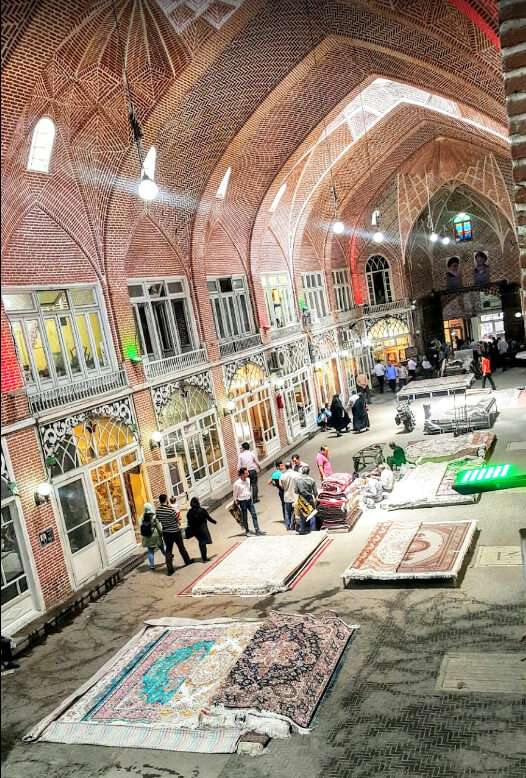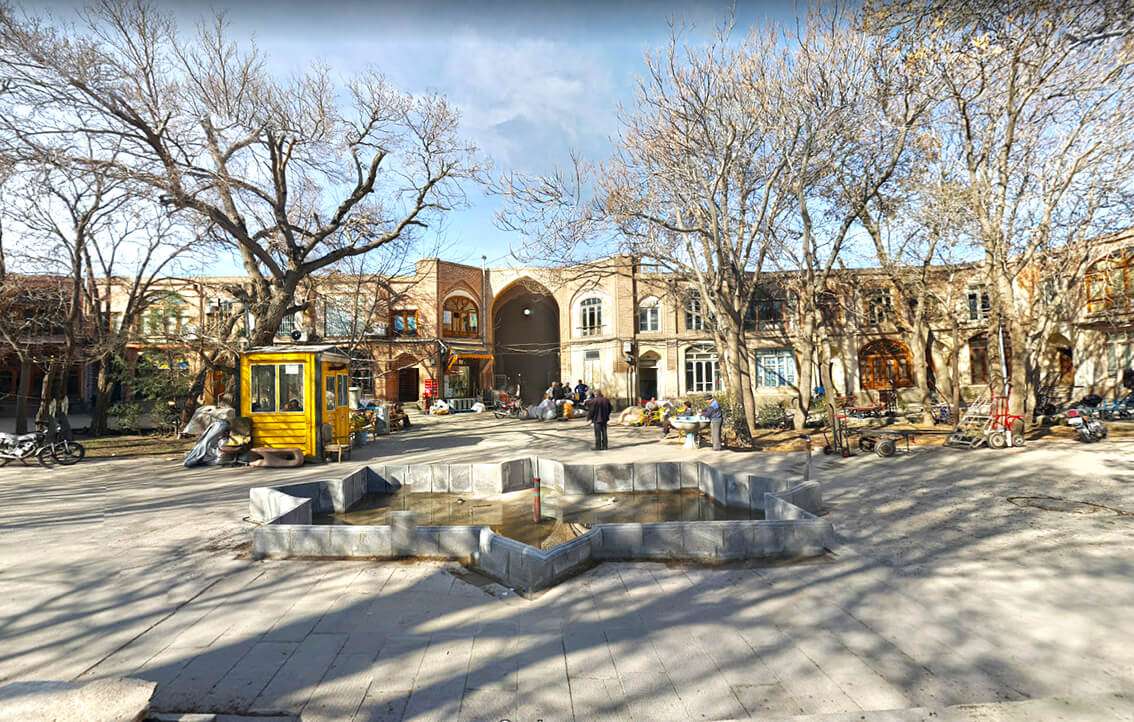Grand Bazaar of Tabriz

- Visiting
Grand Bazaar of Tabriz in Tabriz
- ThemeHistory and Culture
- CodeIRSG109
- Duration1 hr(s)
Wandering in the bazaar of Iran dating back to the ancient eras. Traditional bazaar of Tabriz has been a prosperous trade center since the 12th century.
- Spring8:00 -21:00 *
- Summer8:00-21:00 *
- Autumn8:00-21:00
- Winter8:00-21:00
* Best Time
Photos of the Grand Bazaar of Tabriz
Explore the Grand Bazaar of Tabriz
Grand Bazaar of Tabriz
Having located on the Silk Road, the Bazaar of Tabriz continues to function as the most important trade center for both the locals of Tabriz, and the north-western region of Iran. In fact, the long history of the Bazaar can be assumed based on its contribution to the Silk Road. The Bazaar of Tabriz is a notable example of Iranian traditional marketplace, located in the center of Tabriz. It is hard to point out an exact date for the construction of the bazaar, but accounts of travelers date back to as early as the 11th century. It has been visited by many notable travelers such as Marco Polo, Ibn Battuta, Chardin, John Cartwright, etc., and remembered as an exquisite edifice. The bazaar of Tabriz was the first bazaar in the world listed as the UNESCO World Heritage site in 2010.
The bazaar of Tabriz is one of the biggest covered marketplaces in Iran, spanning an area of more than 1-kilometer square meters. It stretches to Ali Qapu mansion in the east, the congregational mosque of Tabriz in the west, and Meydan Chayi River in the south. The river divides the bazaar in two and many urban constructions have changed the face of the bazaar.
The original 11th-century building of the bazaar has been renovated and expanded during different ages. After the earthquake of Tabriz in 1779, the bazaar was reconstructed by the ruler of the time, Najaf Qoli Khan Donboli. As it is common for bazaars, this historical bazaar has served as more than a marketplace alone. It has served for social, educational and religious purposes as well. The physical structure of the bazaar maintains a connection with its functioning. Here, the architecture and the diverse social, cultural, and professional elements are joined together, giving rise to a multi-purpose complex. Naturally, this feature creates a variety of career opportunities, enhances the commercial wealth, and gives rise to multiple cultural interactions in Tabriz.
It houses 5500 shops, 35 houses, 25 small caravanserais, 20 mosques, 20 branches or rastas (rasta is the main, roofed passageways of the bazaars where shops are aligned along each side of the passage), 11 corridors, 9 theological schools and some bathhouses. Most of the chambers and caravanserais were constructed in three floors; each of which bearing a distinct function. The basement was used as a storage, the first floor hosted the commerce and the upper floor offered a place for resting. Some of the caravanserais were built by merchants who also built mosques and other public spaces. This bazaar consists of smaller bazaars named after certain social occurrences, names of their commissioners and names of professions that each houses under its roof. In each section of the bazaar, professions of the same sort are concentrated, for example, the Amir Bazaar houses the jewelers and in the Sadeqiyeh bazaar shops selling handmade rugs and carpets are focused. Although some of its historical aspects have been preserved to this day, some of the old professions are extinct or have been upgraded to a modern version. The width of its passageways is four to five meters, while the roof with a height of five to six meters is shorter than that of bazaars in warm climates.
In the 19th century, Tabriz became the trade center for Europe and Iran, mainly for the northern regions and the central parts of Iran. In the second half of the nineteenth century (13th century in Hijri calendar), the British merchants started transferring their goods from Istanbul and Trabzon to Tabriz, making the bazaar of Tabriz an important commerce center for themselves. The Europeans imported mirrors, cloths of different materials, sugar, glass, metals, and other manufactured goods in Iran, in exchange for silk, weaponry, tobacco, dried fruits, dyes, scarves etc. The Armenians also constituted a large number of merchants in this bazaar, developing bountiful trades with Russians and other Europeans.
Important Information
Additional Info
Don’t miss the spice bazaar where you can find best of dried fruits, tea and herbs
The bazaar is closed on Fridays and the national holidays.
Cost Info
- Persian Fillet Kebab in Qorani Restaurant4 €
- Special Kebab Koobideh in Shazdeh Restaurant 4.5 €




